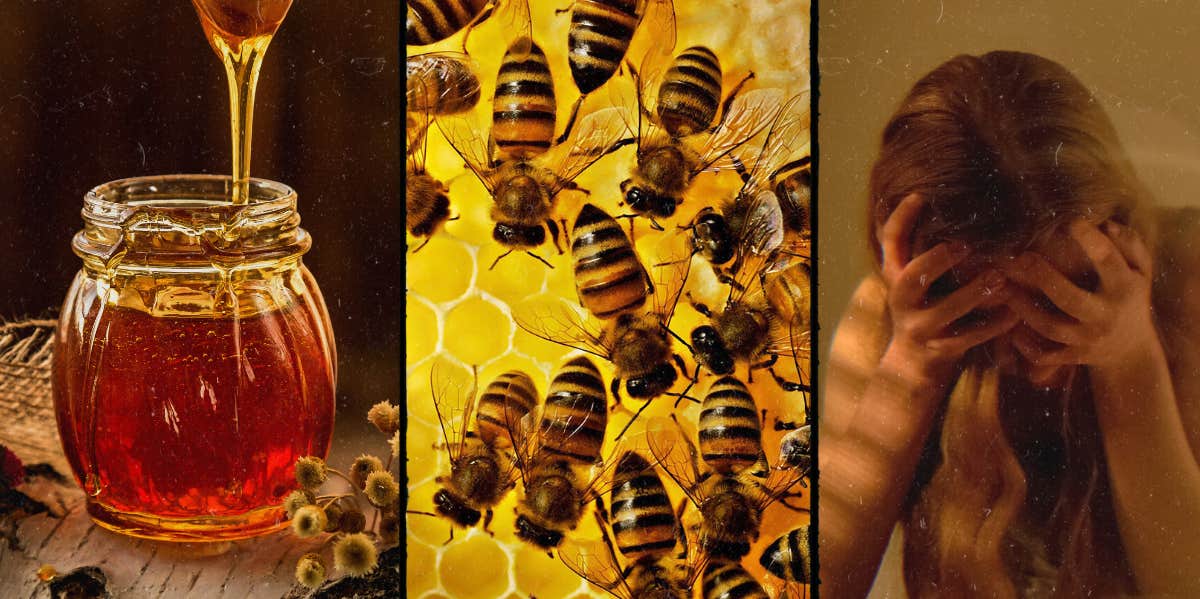Mapping Bee Foraging Patterns: Using Mad Honey as a Case Study in Entomology Education
Understanding Himalayan Bee Behavior
The study of bee foraging patterns in the Himalayas offers a unique window into the complex relationship between altitude, flora, and honey production. At elevations ranging from 6,200 to 11,500 feet above sea level, the Apis laboriosa, or Himalayan giant honey bee, demonstrates remarkable adaptability in its foraging behaviors. These behaviors are particularly evident in the production of what locals and experts know as sherpa honey, a distinct variety that contains grayanotoxins from rhododendron nectar.
Seasonal variations in foraging patterns reveal how, interestingly, bees respond and adapt to different environmental factors. During spring, when the rhododendron flowers are in full bloom, the bees concentrate most of their foraging effort on these toxic flowers filled with nectar and, as a result, produce honey containing greater amounts of grayanotoxin. This is, therefore, a great example illustrating the role of environmental factors in altering bee decision-making behavior.
Elevation's Impact on Nectar Collection
The vertical distribution of different plant species across the Himalayan slopes creates distinct foraging zones for honeybees. Since temperature and oxygen levels vary with altitude, the flying pattern or energy expenditure for bees must change correspondingly. This makes the Himalayan giant honeybee a more interesting subject for studying elevational variation in foraging efficiency.

Studies have confirmed that they have learned strategies to increase nectar intake at different altitudes. Normally, they start their foraging very early in the day at lower altitudes, where the temperatures increase significantly earlier and move higher with the day's heating patterns of mountain air. This is just one feature that shows how these insects have evolved in high-level decision-making and optimal energy usage in hostile environments.
Seasonal Foraging Strategies
The production of mad honey has a very peculiar seasonality that reflects the complex interaction between bees and their environment. Grayanotoxin levels are much higher in springtime honey compared to autumn honey, which comes with lesser levels of toxicity and flavor. The variation of such trends provides high utility for source material research on how, for example, bees adapt the selection of their foraging resources in terms of the availability of the resources along seasons and the nectar concentrations.
These seasonal trends affect traditional honey hunting practices in Nepal because sherpa honey collectors must time the harvests to coincide with optimal foraging periods. The relationship between bee activity and seasonal changes can serve as a practical example demonstrating how environmental factors influence insects' behavior and the results of their labor.
Educational Applications and Research Opportunities
It offers students rare opportunities for hands-on practice in entomological education involving data such as the analysis of foraging patterns, nectar composition, and honey characterization to reveal the complex interplay between bees and plants and their environment. This example can help make the topics of behavioral ecology, chemical ecology, and environmental adaptation come alive and be understandable to the class.
Interested persons can also obtain authentic samples for research by ordering from top suppliers. Laboratory-tested products of mad honey directly from the high-altitude regions of Nepal are available from experts at this site and could serve as a good source of reliable materials for study and teaching. The products in this company vary from $49.95 to $194.95 depending on the seasonal harvests and concentrations, which may very well be helpful in ascertaining how the composition of honey changes with foraging patterns.
Ideas, requests, problems regarding TWiki? Send feedback
